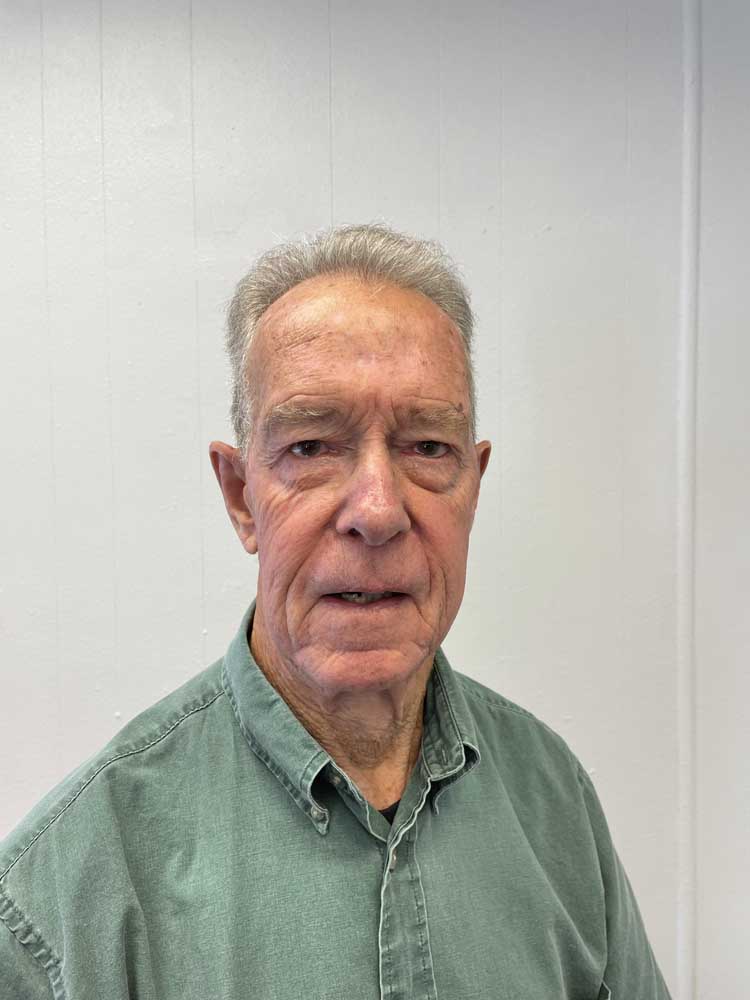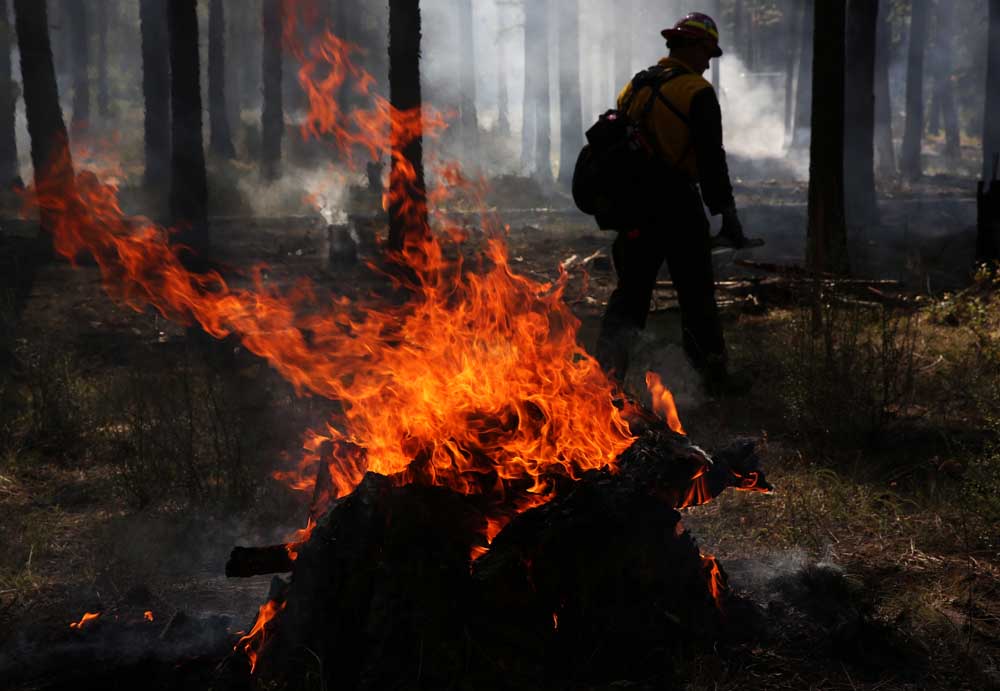Vertrees: Serving in Alaska during Vietnam War
Published 12:30 am Tuesday, November 8, 2022

- Carl Vertrees
“Good morning, Vietnam!”
Trending
Those are the words made famous in 1987 by Robin Williams portraying Adrian Cronauer as an Army disc jockey for Armed Forces Radio in the motion picture by that name.
As we observe Veterans Day in the United States, I recall my role in the Armed Forces Radio at Elmendorf Air Force Base in Anchorage, Alaska, and the dissimilarities with Specialist Cronauer.
I don’t come from a family with a long history of military service, although two uncles served during World War II. As I graduated from journalism school at the University of Washington in 1963, the scope of the conflict in Vietnam was getting more severe.
Trending
Many of my fellow students and fraternity brothers were wary of what the immediate future might hold. We had all registered for the draft at age 18.
I proceeded to my first post-college job at the daily newspaper in Sitka, Alaska, and married nine months later. By the winter of 1966, however, at age 25 I received the letter I had dreaded informing me to report for duty.
Ginger and I put a lot of thought into that notice. Had I accepted the draft notice I assuredly would have ended up in combat in the rice paddies of Vietnam. I could have declared myself a conscientious objector, because I couldn’t imagine my actually killing someone, even if he were deemed an enemy of our county. I wasn’t about to abandon my country and move to Canada as some draft avoiders were doing.
I pondered joining the Alaska National Guard, but that route was not well defined. In a decision not hastily made, I enlisted in the U.S. Navy. I believed that branch of the service was more likely to make use of my education and put me in a support role rather than combat. I applied for Officer Candidate School and flew to Anchorage and Kodiak to begin my enrollment.
While awaiting word on the OCS application, we prepared to relocate Ginger to her parents’ home in Seattle while I was in boot camp or officer training. Thinking we might never make it back to Alaska, we planned and executed a ferry trip to Skagway, and a road trip to Fairbanks. We took an overnight excursion to Nome and Kotzebue before driving back to the Lower 48 on the mostly gravel Al-Can Highway in an inadequately small British sedan not unlike a Volkswagen Beetle.
After 10 weeks of basic training in San Diego, I learned I was being assigned to the Alaskan Forces Radio Network in Anchorage. I reclaimed my bride in Seattle, where we bought a Volkswagen Microbus in which to haul our worldly possessions, drove to Prince Rupert, British Columbia, ferried to Haines, and arrived in Anchorage on Election Day 1966 with a light snow falling.
Serving on an Air Force base, I was an orphan. Of approximately 30 men assigned to the radio network, most were Air Force; a smaller group was Army, and one career sailor and I made up the Navy force. I worked a five-day week from 10 a.m. to 7 p.m. There were no additional responsibilities such as night watch.
The navy protocol instilled in bootcamp went unused. I learned about the differences between print and broadcast media and overcame the pronouncement that I didn’t have the voice to be on the radio. I learned the nuances of tape recorders and produced hourly newscasts.
I became involved in informing and educating the troops stationed throughout the vast state, many in very remote villages staffing DEW-line facilities. For most of the remote installations the AFRN transmitter was their only broadcast link, although some of the larger installations had their own closed-circuit television broadcasts with kinescopes mailed to their facilities.
I talked regularly on the telephone with officers and enlisted men about what was going on at their far-flung installations or communities as they coped with a year’s obligation in the frozen north. I covered a summer flood in Fairbanks, the dedication of a Naval Arctic Research Station in Point Barrow and aspects of recovery from the 1964 earthquake. That warranted an hour-long documentary.
I flew to Northeast Cape Air Force Station on St. Lawrence Island in the Bering Sea, closer to Siberia than Sarah Palin has ever been.
We interviewed military and other dignitaries refueling at Elmendorf on the polar route to Vietnam. Names of George Romney and Spiro Agnew come to mind. And comedian Patrick Paulson made Anchorage a stop during his presidential bid in 1968.
In 33 months at AFRN I learned a lot, how to ask more penetrating questions, and to respect the hardships and inconveniences that my fellow servicemen — and many fewer servicewomen — endured. And I realized I was more cutout for print rather than broadcast journalism.
Life goes on.








